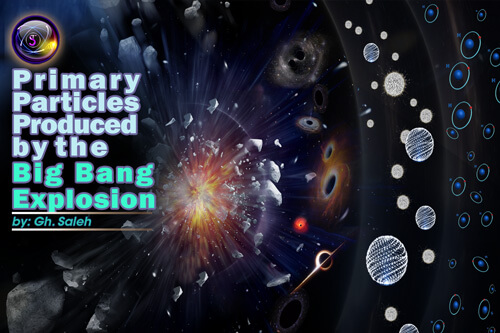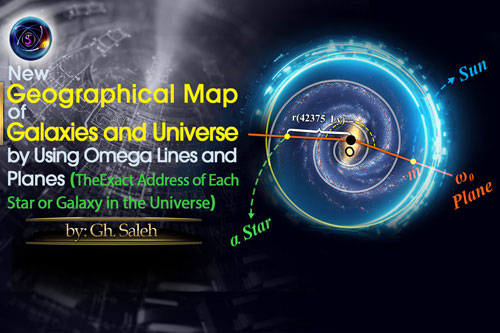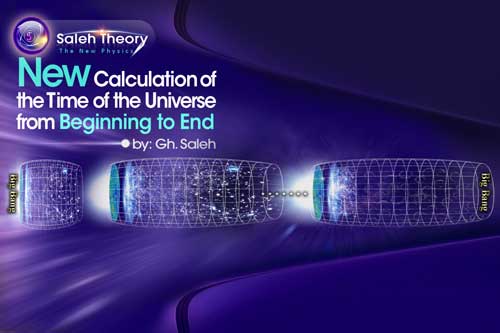
Primary Particles Produced by the Big Bang Explosion
Considering that the Big Bang phenomenon begins with a huge explosion happened in a high-density sphere (1040 to 1050 kg/m3). It can be said that billion billions of Black Holes with a density about 1020 kg/m3 can be separated from it.
(1010 × 1010 × 1020 = 1040)
So it can be concluded that one of the most objects which separated from the Big Bang are the black holes that actually create galaxies.
According to the density of electrons and protons, which are in the range of 1013 to 1018 kg/m3, the first set of objects created after the Big Bang are protons and electrons that can form the hydrogen which is the simplest element in the universe. In addition to these objects, some photons and sub-photons are also released, which their amount is less than the previous set (in terms of mass).
In fact, the components of the Big Bang are electrons, protons, photons, sub-photons and black holes.








